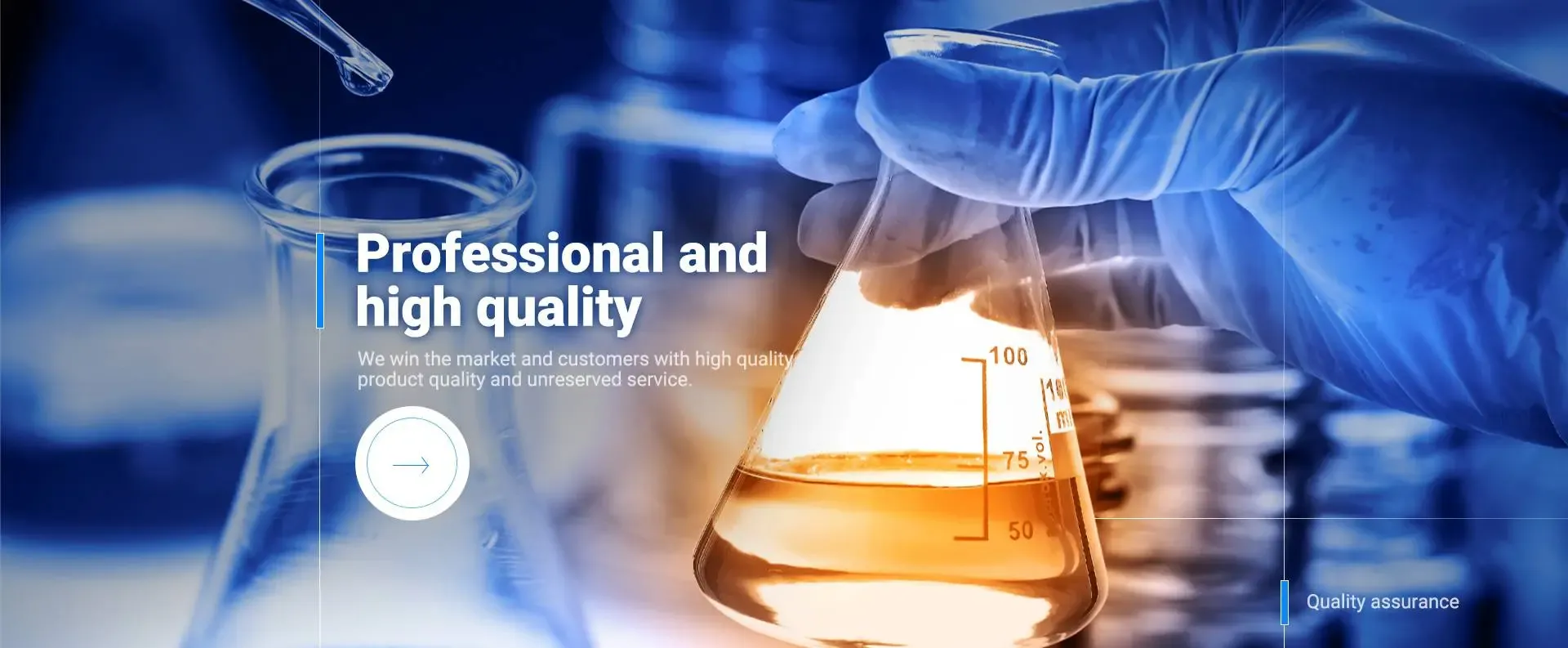



Using Bleaching Powder for Safe Drinking Water Treatment Techniques
Bleaching Powder A Key to Safe Drinking Water
In recent years, the quality of drinking water has become a crucial concern for communities worldwide. With the rising population and increasing industrial activities, the contamination of water sources is more prevalent than ever. One chemical that has garnered attention for its effectiveness in purifying water is bleaching powder, also known as calcium hypochlorite. This article explores the importance of bleaching powder in treating drinking water, its benefits, and its application methods.
What is Bleaching Powder?
Bleaching powder is a white, powdery substance with a strong chlorine odor, and its chemical formula is Ca(OCl)₂. It is primarily used as a disinfectant and bleaching agent. When dissolved in water, it releases chlorine, which acts as a powerful oxidizing agent, making it effective in killing bacteria, viruses, and other harmful pathogens present in contaminated water.
The Role of Bleaching Powder in Water Treatment
Waterborne diseases are a significant public health issue, especially in developing countries where access to clean drinking water is limited. Chlorination, using bleaching powder, has been one of the most popular methods for water treatment. The primary purpose of adding bleaching powder to water is disinfection. It effectively reduces the microbial load, ensuring that the water is safe for consumption.
The chlorination process involves several steps. First, the bleaching powder is diluted in water to create a stock solution. This solution is then mixed with water that requires treatment. The optimal concentration of chlorine must be carefully calculated to ensure maximum disinfection while being safe for human consumption. Typically, a concentration of 2-5 mg of chlorine per liter of water is recommended to achieve effective disinfection without imparting a strong chlorine taste or odor.
Benefits of Using Bleaching Powder
bleaching powder drinking water

2. Cost-Effective Bleaching powder is relatively inexpensive and readily available, making it an accessible option for water treatment, especially in rural and underserved areas.
3. Ease of Use The application of bleaching powder requires minimal training and can be performed by local communities. Its straightforward usage allows for quick response actions during outbreaks of waterborne diseases.
4. Long Shelf Life When stored properly, bleaching powder has a long shelf life, making it a reliable option for emergency situations or in areas with sporadic access to clean water.
5. Residual Disinfection One of the advantageous properties of chlorine is its ability to provide residual disinfection, meaning that once added to the water, it continues to kill pathogens for a period, preventing recontamination.
Precautions and Challenges
Despite its numerous benefits, the use of bleaching powder must be approached with caution. Over-chlorination can lead to harmful by-products, such as trihalomethanes, which are carcinogenic. Therefore, it is essential to adhere to the recommended dosages and monitor chlorine levels in treated water regularly.
Public awareness and education are also crucial in ensuring the safe use of bleaching powder for water treatment. Misunderstandings regarding its application can lead to inadequate treatment, potentially endangering public health. Community training programs can help disseminate knowledge about the correct use of bleaching powder.
Conclusion
In conclusion, bleaching powder plays a vital role in the disinfection of drinking water, particularly in areas where access to safe water is a challenge. Its effectiveness against a range of pathogens, cost-effectiveness, and ease of use make it invaluable in the global fight against waterborne diseases. However, responsible use, education, and monitoring are necessary to maximize its benefits and minimize any potential risks. As we strive for safer drinking water worldwide, embracing effective solutions like bleaching powder will be key in achieving this vital public health objective.
-
Why Sodium Persulfate Is Everywhere NowNewsJul.07,2025
-
Why Polyacrylamide Is in High DemandNewsJul.07,2025
-
Understanding Paint Chemicals and Their ApplicationsNewsJul.07,2025
-
Smart Use Of Mining ChemicalsNewsJul.07,2025
-
Practical Uses of Potassium MonopersulfateNewsJul.07,2025
-
Agrochemicals In Real FarmingNewsJul.07,2025
-
Sodium Chlorite Hot UsesNewsJul.01,2025










